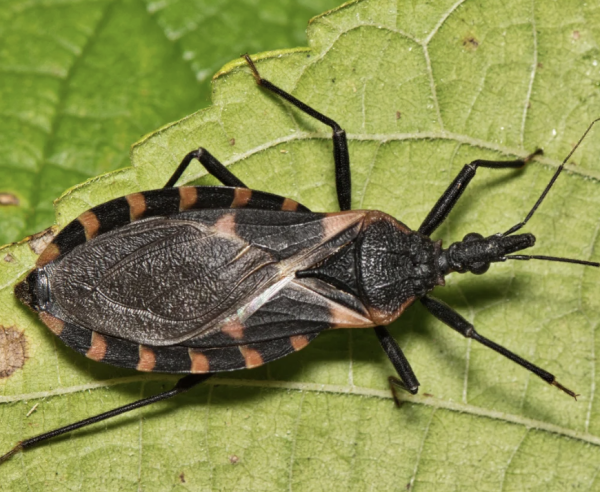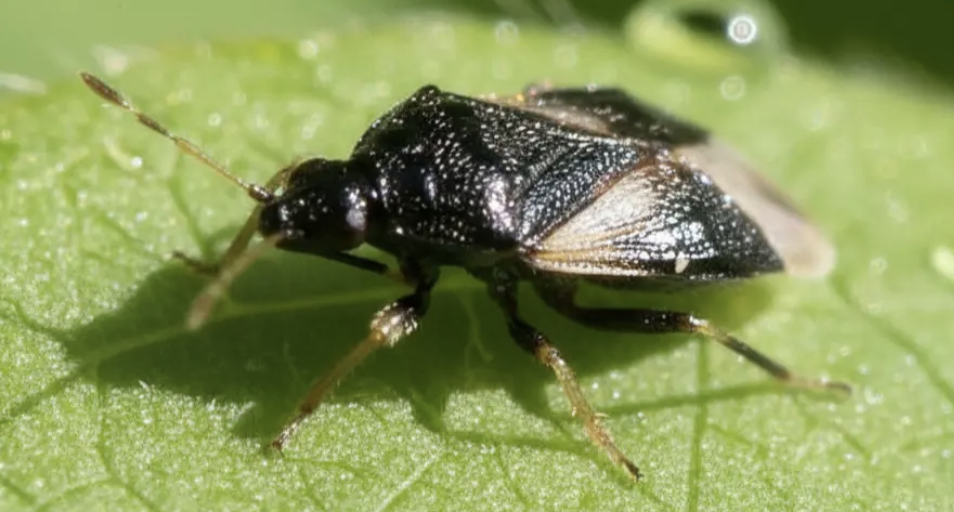Throughout the years, bugs called “kissing bugs,” coined this term because they are known to bite your face/mouth area, have migrated north from South America, and with them, they bring diseases and a lack of personal space!
Since 2017, these pests have been found in Iowa, with the first being found in Lee County, roughly 150 miles from Polk County. They carry a deadly disease called Chagas disease, which, according to asm.org, kills more than 10,000 people per year.

Symptoms of Chagas disease can come in two phases. In the acute, or beginning phase, symptoms can include fever, fatigue, body aches, and swelling around the eyes. On the other hand, the chronic phase, or end phase, leads to serious heart and digestive problems, often without noticeable symptoms for years. Kissing bugs have been known to carry this deadly disease since the 20th century and are largely avoided because of this.
As of recently, though, these bugs have been known to cause Legionnaires’ disease, which is a severe form of pneumonia, as well as Pontiac fever, which is milder. The bacteria that cause this disease are typically found in soil and water, and those infected usually catch it by inhaling mist containing the bacteria.
However, with the recent findings of doctors in Marshall County, about 50 miles from Polk County, data shows people are catching the disease from kissing bugs.
How might this disease affect you? The symptoms consist of high fever, cough, shortness of breath, muscle aches, headaches, and gastrointestinal issues such as diarrhea and nausea. Symptoms usually develop 2-14 days after exposure. Currently, there are 74 reported cases in Marshall County as of September 25th, according to KCCI, and two people have unfortunately passed away as of September 22nd, according to hhs.iowa.gov.
Kissing bugs are disease-ridden pests that people should be very careful of due to their similarity to stink bugs. One is simply a smelly pest you’ll find around the house, while the other carries disease and is made of pure evil!
So, next time you’re at home and see a not-so-stinkbug-looking stink bug, look at it more closely because you might have one of these pests on your hands.






